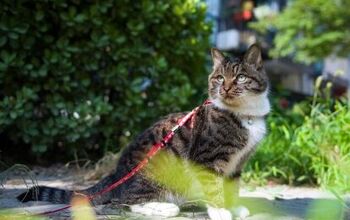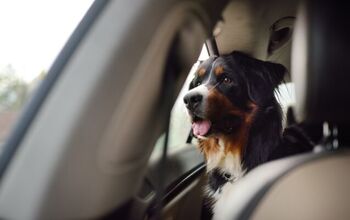What Are the Benefits of Snuffle Mats for Dogs?
Our Snuffle Mat of Choice: The Pet Parents Forager MatsI would be lying if I pretended that we don’t have a collection of different snuffle mats here at the house, including an assortment of sizes, colors, and styles. The truth is that we love the option to feed our dogs with snuffle mats, and that has led us to try many different options – including several that we love and a few that fell short of our expectations. However, one mat has stood out above the others in terms of its quality, washability, and functionality, and that’s the Pet Parents Forager Mat.With our girl Daviana being older, her eyesight is starting to fail. Feeding her in a snuffle mat is an excellent way to challenge her mind without risking her hitting her nose off a hard puzzle feeder that she can’t see to solve. Unfortunately, it also means that she tends to rub her nose around on the material even more than our younger boys, and with some of the felt snuffle mats, that can leave her nose raw and painful.The soft material of the Forager mats is very forgiving as she sniffs about. Meanwhile, the non-slip back ensures that it stays put so that she doesn’t have to worry about it sliding (and her slipping with it).Our favorite part about this particular mat is its convenience for travel as we often spend our time in campsites across the province. The mat rolls up easily with a strap to hold it in place, making it easy to bring wherever the road takes us. When feeding the pups in the tent or the vehicle on a rainy day, it helps to keep our space clean – even when you have a slobbery dog. Indiana has been known to make quite the mess with his food and water, but this mat just soaks it up and keeps everything contained. Throw it in the wash when we get home, and we’re ready to go.Our boys are speed eaters, and offering meals in this mat has slowed them down considerably.Final Thoughts: The Benefits of Snuffle Mats for DogsWhether you’re searching for an easy solution to slow down the speed eater in your life or simply looking for a way to offer mental enrichment with your dog’s meal, a snuffle mat is a great solution. They tap into your dog’s natural desire to forage for their food, challenging their mind and encouraging them to use their strong sense of smell. It’s a great way to take your dog’s meal to the next level!












